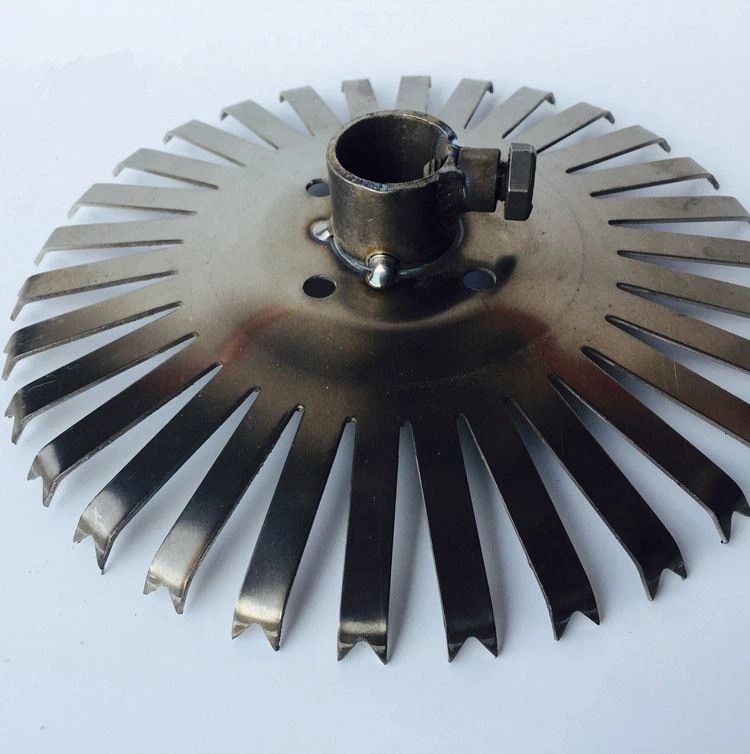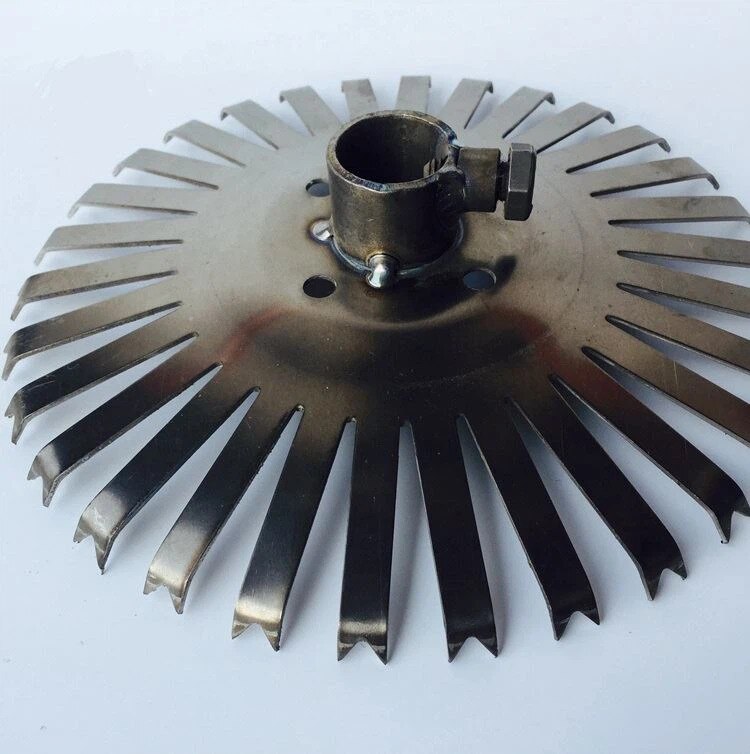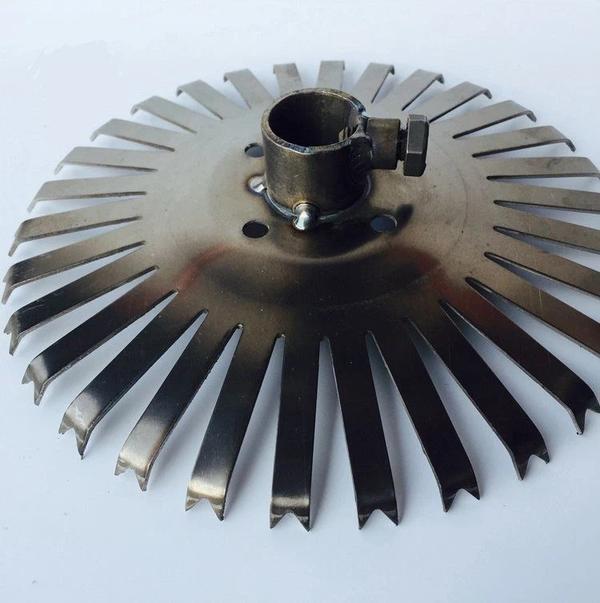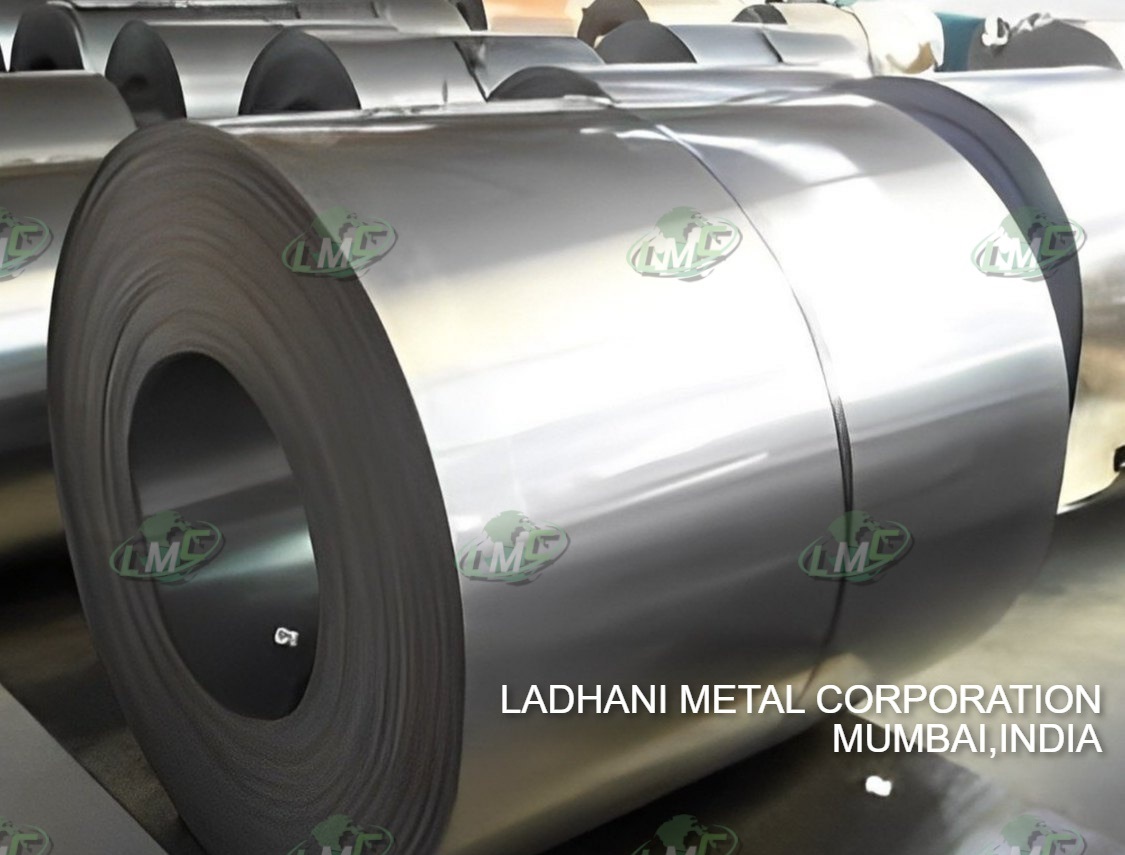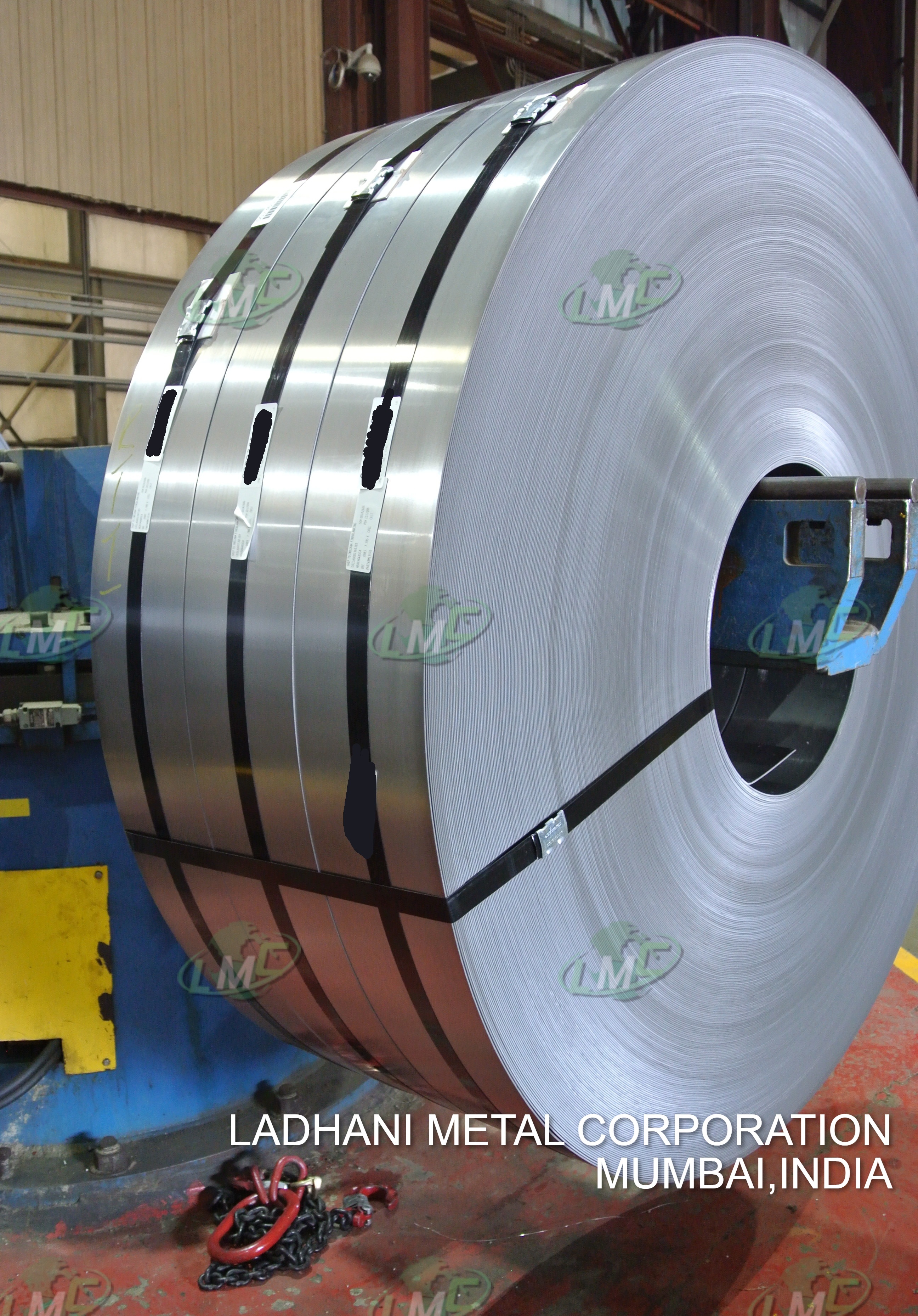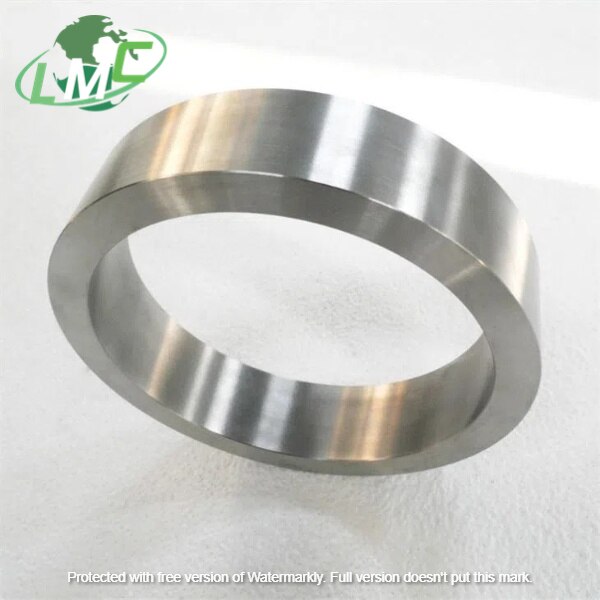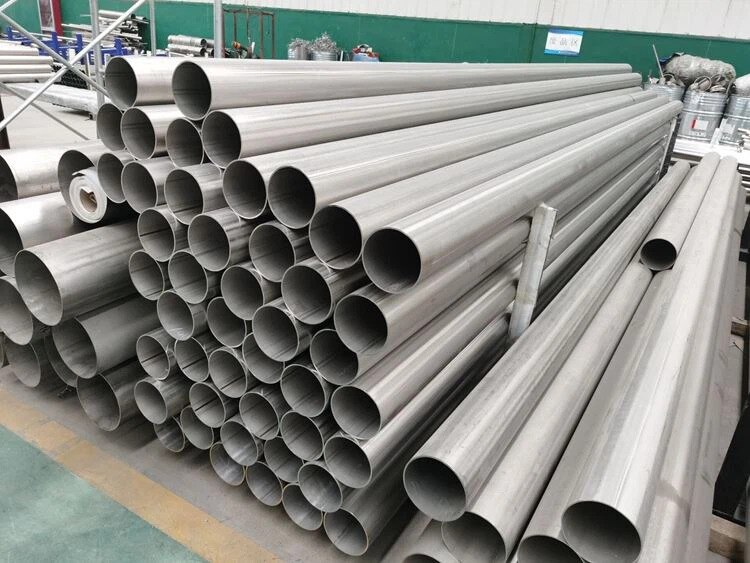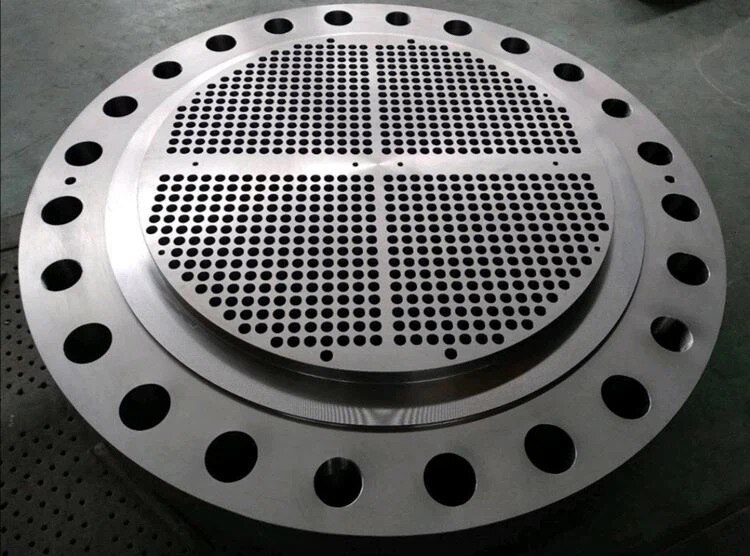Product Name: Titanium Rack Material: Gr1, Gr2 Application: Anodizing Size: Customized Surface: Bright Generally, titanium jigs/racks have a long life because they do not consume chemicals and they do not need to be stripped after anodizing. They can specially design all kinds of fingers, clips and other contact points and be sized to maximize the volume of parts. Titanium jigs can also be designed to keep parts superior to rinsing and drainage, and protect parts from damage during travel. Therefore, a well-designed shelf is an effective way to improve the processing capacity (i.e. better quality). The finishing cost is reduced by increasing the utilization rate of the tank and avoiding the stripping requirements. When designing the fast shelf and disassembly tools, the load is increased to the greatest extent, so as to produce faster turnover time. The problem is that these titanium racks for anodizing can be very expensive considering the cost of materials and the special cutting and welding processes used to build them. Generally speaking, the recovery period of titanium stent is about [500 uses]. The delivery time of titanium alloy rack is usually about 8 weeks after the design is completed, so the use of titanium rack also needs some planning. The design of titanium anodising jigs should consider the shape of the part, the nature of the plating solution, the production method, the distance and position between the anodes, and the number of workpieces, to ensure that the power lines of the parts in the bath are evenly distributed, the thickness of the coating is uniform, and the process requirements are met. The function of titanium anodising jigs is to suspend or fix various parts to connect them with the cathode. During anodizing and electroplating, they are connected with the anode to conduct current to the parts to achieve plating or other processing purposes. Titanium anodising jigs are of great significance for improving product quality, reducing manufacturing costs, reducing labor intensity and safe operation.
Send Message
